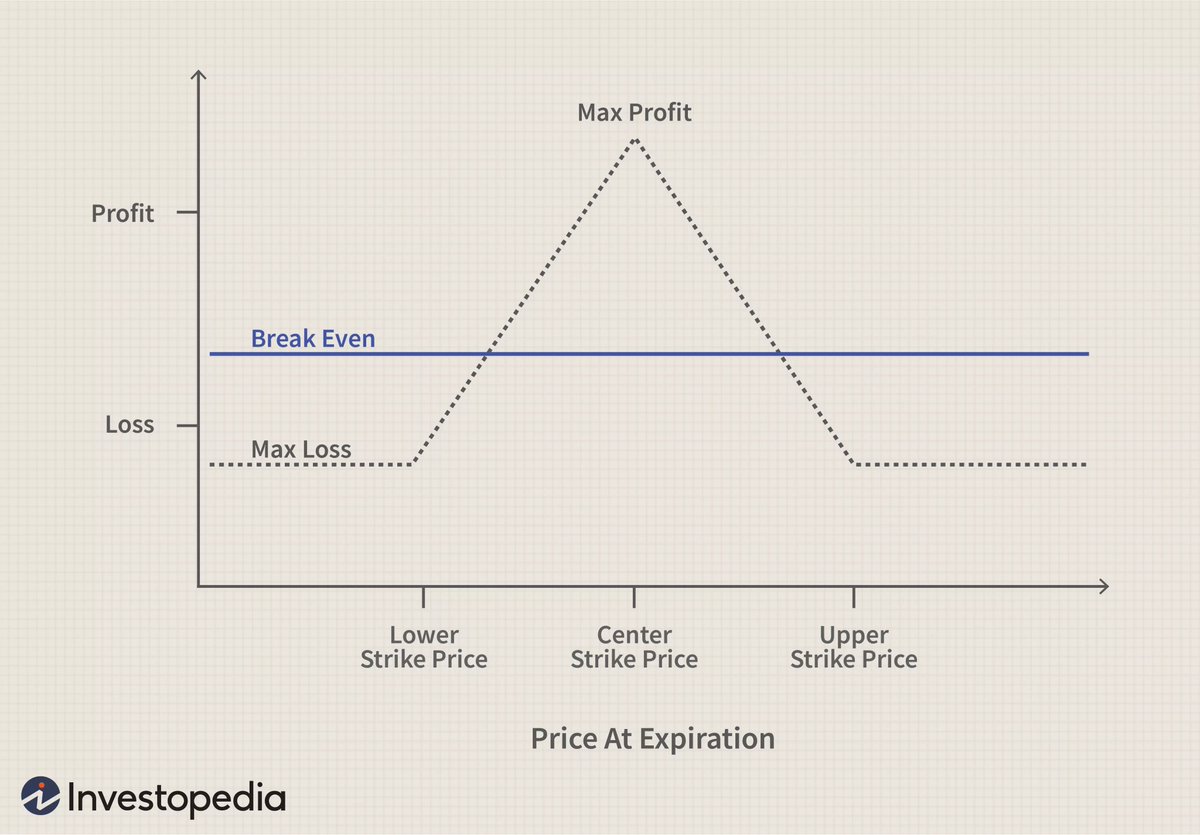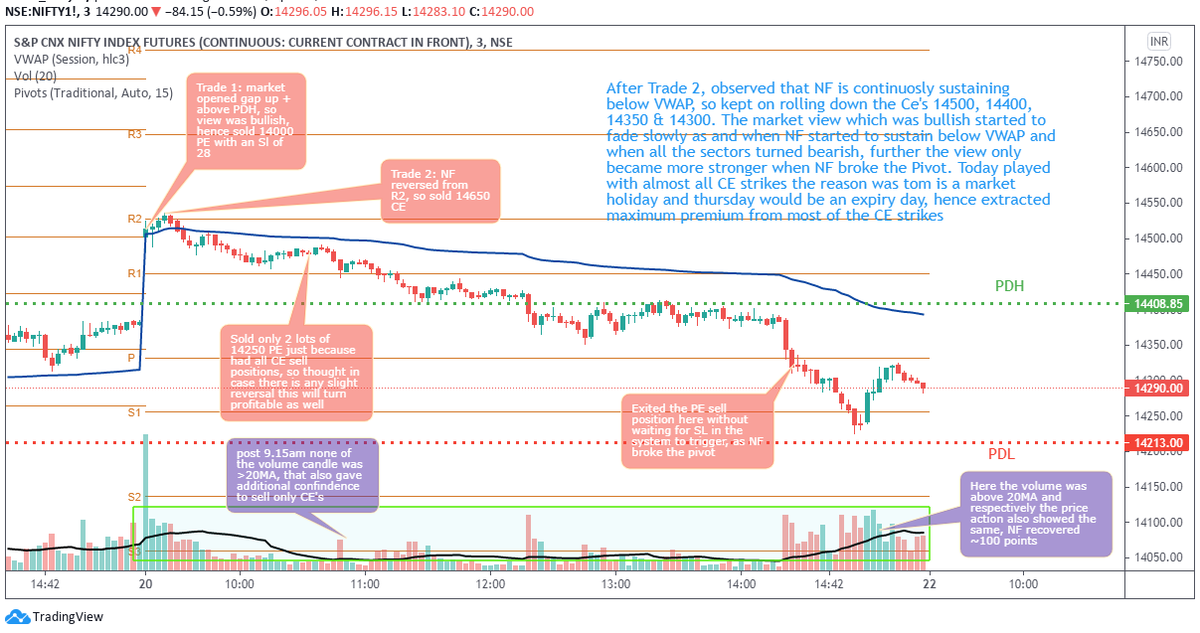2/n *Quick Review of Options*
Options are a derivative contract which allows the holder to buy/sell the underlying at a determined price by a certain expiration date.
Options Greeks (delta, gamma, vega, theta) affect contract P/L based on changes in volatility, time, & price.
3/n -Covered Calls-
If you have 100 shares of XYZ stock, you could short a call contract, w/ your shares as collateral. Strategy allows you to collect premium.
Either your call expires worthless or it closes ITM. If ITM you sell the shares at the strike price of ur short call
4/n Generally, you employ a covered call strategy when you have a near/short term neutral/bearish view on your position. Thus this allows you to collect money/premium or hedge when the stock is not rallying.
5/n -Straddle-
This is where the trader buys a call & put at the same strike price and expiration date. You would do this when u expect a large move outside the expected range in *either* direction
You will lose on this trade if the stock does not move/stays within a range.
6/n -Strangle-
The trader is buying OTM call & put with the expectations of a large move. Cheaper than a strangle due to buying OTM. However, the move u need to be profitable may be larger. Your risk is only the premium you paid for the contracts, just like with a straddle
7/n *Vertical Spreads*
A vertical spread is a two leg strategy. The holder is long one call/put and short a separate strike call/put, both legs will have the same expiration date.
Two major classifications - Debit & Credit spread
8/n -Debit Spread-
Trader is long one contract, short a further out strike. The idea behind this is to cheapen the cost of the trade/cap your risk. However by shorting the further out call, you cap your potential gains.
9/n -Debit Spread PT. 2-
This trade is most effective when capturing a directional move that is not outside an expected range. Your risk is the premium you pay for this spread.
If you're expecting a large move in one direction, you're better off taking the long call alone imo.
10/n -Credit Spread-
Inverse of a debit spread. Short one contract, long a further out strike. Your risk is the spread between the strike prices minus the premium received.
Below is the P/L graph of a Put credit spread. Bullish directional trade vs put debit spread (bearish).
11/n -Credit Spread PT.2-
With a credit spread, you are receiving a premium, but your risk/loss could be larger.
Just like the debit spread, you are taking a directional trade, however you are betting on the neutral/opposing direction since you are short a closer ITM/ATM strike
12/n -Iron Condor-
This is a combination of one OTM call & one OTM put credit spread. You're essentially betting on the underlying stock trading within a range until expiration, usually the expected range.
Ideally you want low volatility to take advantage of the time decay.
13/n -Iron Butterfly-
Can either think of this as two spreads or combo of short straddle + long strangle. Similar to an iron condor, except your aiming for the underlying to close at a target price by your expiration.
Sell 1C/1P same strike, long 1 OTM Call/1 OTM Put.
14/n -Calendar Spread-
The goal of this trade is to take advantage of time and volatility. Here you short the nearer-term option, and long a further out expiration. Both options need to be the same strike, same side, different expirations.
15/n -Calendar Spread PT.2-
Ideally you choose an ATM strike. Shorter term neutrality to allow the near-term expiration to expire worthless, and then u benefit on the long further out expiration if the price moves higher.
16/n **Summary/Ending Notes**
There are many different ways to combine long/short options to trade a multitude of scenarios. Here my goal was to introduce people to some of the common strategies utilized.
Please go out and do your own research on individual strategies
17/n **Resources**
*Accessible Places to Learn More About Options/ Option Strategies*
1. Investopedia
2. TastyWorks/TastyTrade
3. OptionsAlpha (Youtube)
4. My friends
@NickDChow and
@HappyGTrades both experienced options traders.
Most of all, Google is your friend.
18/n **Accounts To Follow**
If you wanna delve deeper into options dynamics/higher-level options strategies/derivative markets/gamma exposure, make sure to check out these accounts.
1.
@Ksidiii 2.
@jam_croissant 3.
@bennpeifert 4.
@VolatilityWiz 5.
@SqueezeMetrics
19/19 **Sources**
The photos were sourced from Investopedia and ProjectOptions










